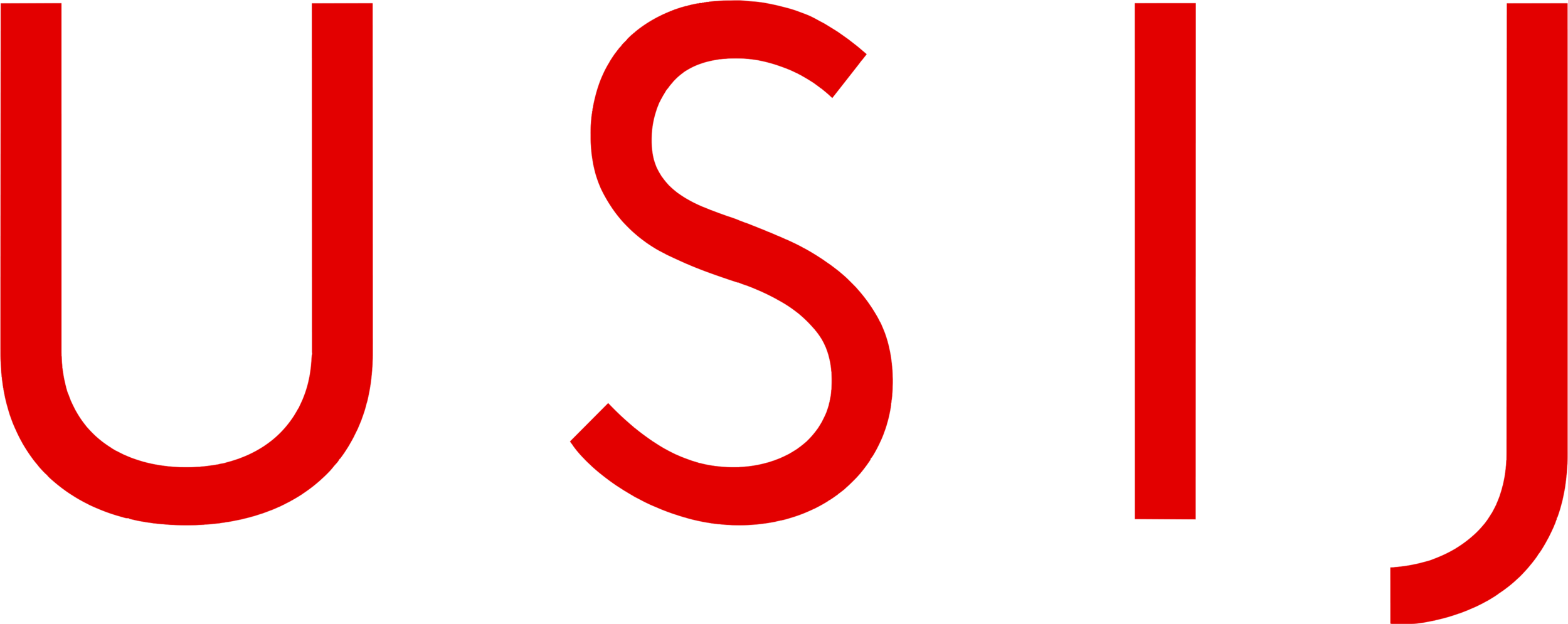Amicus Brief in American Axle & Manufacturing Inc. v. Neapco Holdings LLC, Neapco Drivelines LLC
Summary of Argument
From the standpoint of many entrepreneurs, inventors and investors that comprise the Invention Community, the U.S. Patent System appears to be on life support. Legal protection of inventions and discoveries that once was a defining characteristic of U.S. industrial policy has become increasingly irrelevant, no longer providing adequate comfort to investors willing to make high risk commitments of time and capital or to inventors who would leave secure jobs to pursue visions of breakthrough technologies and challenge entrenched incumbents. Although aggregated investment data might suggest that entrepreneurs and investors continue to be very active in this country, a closer look reveals that much of the current focus for such activity has shifted away from the invention of strategically critical technologies that are necessary to maintain this country’s leadership in science and technology and toward investments such as entertainment, apparel, social media and the like, which either do not depend on patents at all or do not consider enforceable patents to be essential to their businesses. We discuss this trend in Section II, below.
The growing unwillingness of inventors and investors to rely on patents in tackling promising but risky new technologies harbingers badly for the United States. Startups, small companies and individual inventors have been responsible historically for many of our most important breakthrough inventions. These entities need patent protection far more than the large corporate incumbents that own the vast majority of all patents, and yet it is the former group that is most severely affected by the systematic weakening of patent protection that we have witnessed over the last few years.
Although there has been more than one contributor to the growing perception within the Invention Community that patents are no longer relevant to the protection of long term commitments of time and capital, this Court’s current jurisprudence on patent eligibility stands at or near the top of the list. We recognize that some of the Court’s rulings related to Section 101 have been driven by the belief that the Court was merely implementing rulings by the Supreme Court, but we respectfully suggest that there certainly is no need for this Court to expand on what has been prescribed by the high Court and to search for outcome-oriented theories around which to find ineligibility that would not otherwise exist, as the panel majority appears to have done here.
The Patent Act sets forth the types of inventions and discoveries that Congress intended to be eligible for patent protection as part of our country’s larger industrial policy. 35 U.S.C. §101 states unambiguously:
“Whoever invents or discovers any new and useful process, machine, manufacture, or composition of matter, or any new and useful improvement thereof, may obtain a patent therefor, subject to the conditions and requirements of this title.”
The so-called “judicial exception” to that statutory provision – variously referred to as laws or products of nature, abstract ideas, or mathematical formulas – is in derogation of an act of Congress and therefor to be construed narrowly.2 To that end, the Supreme Court has emphasized the need for caution in applying this exception to the patent statute. In Alice Corp. v. CLS Bank, 573 U.S. 208, 214 (2015), for example, the Court noted:
“[W]e tread carefully in construing this exclusionary principle lest it swallow all of patent law. [citation omitted]. At some level, ‘all inventions … embody, use, reflect, rest upon, or apply laws of nature, natural phenomena, or abstract ideas. … Thus, an invention is not rendered ineligible for patent simply because it involves an abstract concept.”
The panel majority decision cannot be squared with this caveat. If left standing, the decision has the potential for expanding ineligibility under Section 101 to threaten most every invention for which a patent has ever been granted, thereby ignoring both the constitutional foundations of U.S. patent law, the statutory requirements established by Congress, and the Supreme Court’s two-step legal test for compliance with Section 101. The majority decision, in short, threatens to “swallow all of patent law,” because “[a]t some level, all inventions … embody, use, reflect, rest upon, or apply laws of nature, natural phenomena, or abstract ideas.” Ibid.
